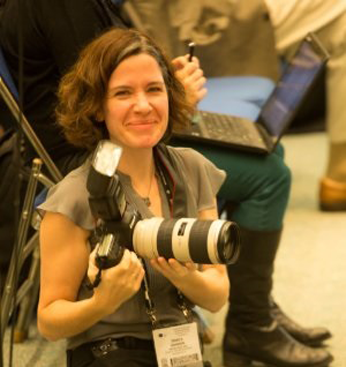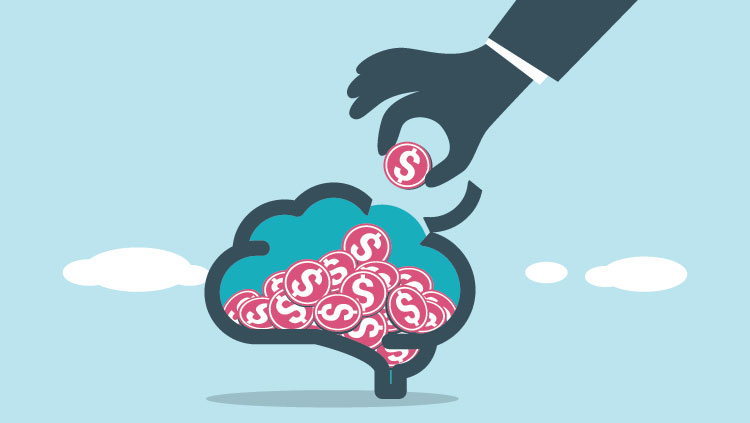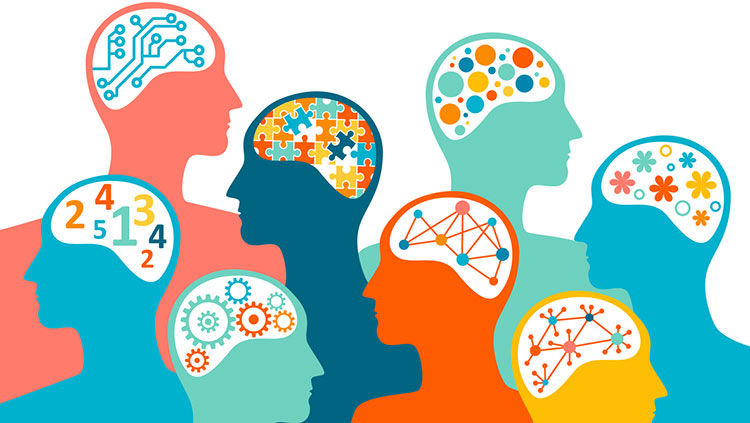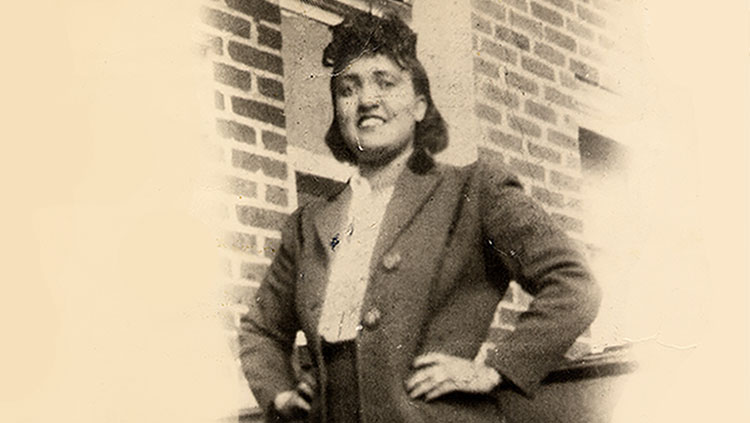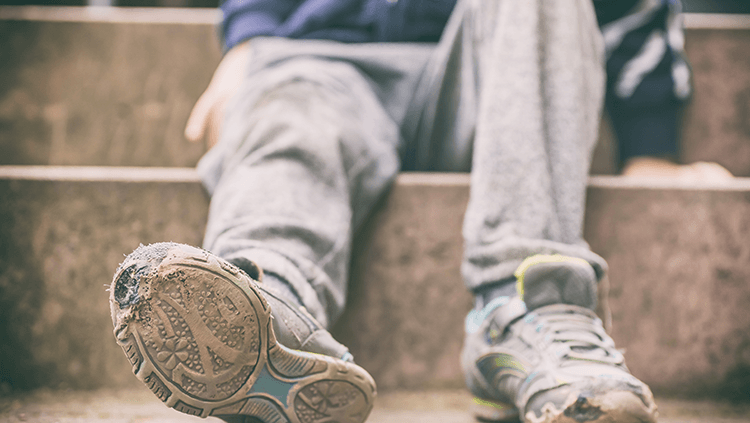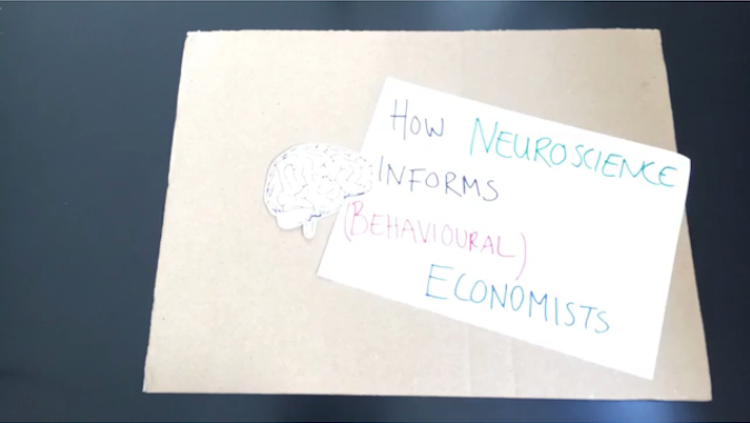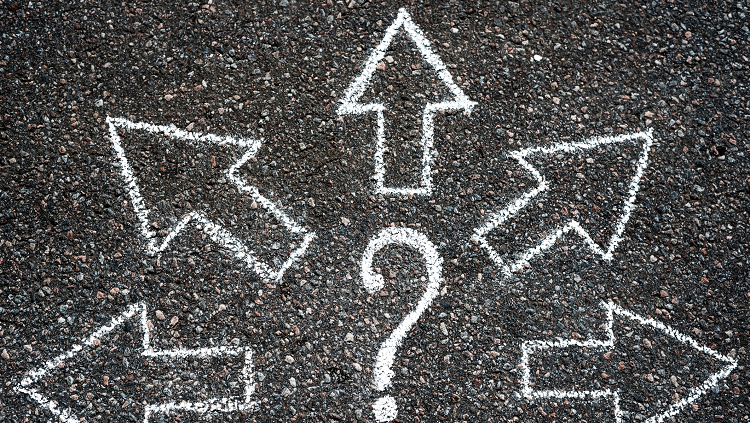Memory, Eyewitness Testimony, and the Courtroom
- Published14 Oct 2015
- Reviewed14 Oct 2015
- Author Jessica P. Johnson
- Source BrainFacts/SfN
Eyewitness testimony is often presented as strong evidence in a court of law. But our memories can sometimes be fickle and unreliable. Now, new insights into the science of memory may affect courtrooms and the way we look at evidence. Learn more in this podcast from BrainFacts.org.
Have a question about what you just heard in our podcast? Just ask! Submit A Question
Music by creative commons license.
References
National Research Council. Identifying the Culprit – Assessing Eyewitness Identification. National Academies Press. 2014.
DNA Exonerations Nationwide. The Innocence Project. June 15, 2015.
Loftus E. Elizabeth Loftus: How reliable is your memory? TED. June 2013.
CONTENT PROVIDED BY
BrainFacts/SfN
Transcript
SfN: I'm Jessica Johnson for BrainFacts.org.
In 1984, a man broke into the apartment of a woman named Jennifer Thompson and raped her. Thompson says that, during the attack, she was concentrating on remembering details of the man’s face in the hope that she could later identify him for the police. The police worked with Thompson to produce an artist’s sketch of the man and then rounded up potential suspects for a lineup. Thompson identified Ronald Cotton as her attacker and he was eventually sentenced to life plus 54 years in prison.
At trial, Thompson testified that she was certain that Cotton was her attacker. It wasn’t until Cotton had served ten years of his sentence that DNA evidence revealed his innocence and identified a different man as the attacker – a man who Thompson believed she had never seen before in her life.
Nita Farahany: She talks very openly and candidly about being absolutely 100% certain that it was Ronald Cotton, and then how shaken she was to learn through the DNA evidence that it wasn't Ronald Cotton – that it was somebody else instead.
SfN: I talked with Nita Farahany, a professor of law and philosophy at Duke University, about the law and neuroscience of eyewitness testimony. Because unfortunately, such cases of mistaken eyewitness identification are not unusual. According to a study by the Innocence Project, an organization dedicated to exonerating wrongfully convicted individuals through DNA testing, eyewitness misidentification was a factor in 70 percent of cases in which a suspect was convicted but was later cleared by DNA evidence, making it the leading cause of wrongful convictions.
So what could have caused Thompson to remember the wrong face?
Farahany: It could have been the inherent limitations of being able to see a face in the dark in that kind of circumstance, the need to be certain about the person that she had identified, and continuing to see him shaping the memory from then on in her mind. There are a series of things that led to it but it tells us a lot about the problem of the stability of memory, which is every time you remember something and reconsolidate it, it's a new storage of that memory. And when it's brought back up into short term memory, it can be changed and then reconsolidated and that’s what the new memory looks like. And I think that’s what happened with her memory.
SfN: Inaccurate memories can be caused by several factors including stress experienced during a violent event, the inherent limitations of human eyesight, and the fact that memories are constantly altered and revised. A study by the National Research Council reveals other factors that can contribute to inaccurate memories, including the practice of filling in memory gaps with expectations of what may have happened based on previous personal experiences. People also have greater difficulty identifying someone of a different race than of their own. And finally, unintentional cues given by law enforcement during eyewitness identifications can lead to misidentification.
Farahany: There was a case in North Carolina where an individual in a series of picture lineups, which are often given to an eyewitness, the only person in all of the pictures who had on a jacket, was the person who was identified. So understanding that things like what a person wears can trigger a misidentification – which is really something that neuroscience and research about misidentification has given us – is helping police to learn not to skew identification unintentionally in a way that favors choosing a particular suspect in a lineup.
SfN: In Jennifer Thompson’s case, she viewed a series of suspect photos and said that Cotton most closely resembled her attacker. When it came time for the live lineup, Cotton was the only man from the suspect photos who was included. It was small cues such as this that encouraged Thompson to identify the wrong suspect. Elizabeth Loftus, a cognitive psychologist and an expert on human memory, says that contrary to popular belief, memory is not a perfect recording of events. Instead, it is more like a Wikipedia page. “You can go in there and change it,” she says, “but so can other people.” Nita Farahany believes that a better understanding of how memory really works is beginning to influence what goes on in the courtroom.
Farahany: Given that people are becoming much more receptive to neuroscience in general, finally judges are becoming more receptive to hearing about the limitations of eyewitness testimony. It seems to be impacting how police procedures and investigative procedures are conducted. A lot of the most effective work to date has been to limit misidentification in police lineup and investigative procedures rather than challenging the identification once it has been admitted to the courtroom.
SfN: To combat influences on eyewitness identifications, the National Research Council report also recommends standardized procedures, including double-blind lineups in which the officer conducting the lineup is not involved in the investigation, evaluations of the witness’ level of certainty at the time of identification, and videorecording the identification process. The report also lists best practices for judges in assessing the credibility of eyewitness testimony. And education is key.
Farahany: The biggest issue with the introduction of neuroscience in the legal system is the fact that so many people who are trying to make decisions about how neuroscience impacts the legal system don't have training and education in neuroscience. And so they don't know what's good science and what's bad science. And a lot of neuroscientists aren't engaging in translation of their research into policy and decision making. I think those two things combined are creating a problem for how neuroscience is used and misused in the legal system. To me, the best solution is better education and accessibility of information for decision makers and better integration of neuroscientists into legal and policy decision making.
SfN: Thanks for listening. Check out more information about memory and the law at BrainFacts.org.
References
National Research Council. Identifying the Culprit – Assessing Eyewitness Identification. National Academies Press. 2014.
DNA Exonerations Nationwide. The Innocence Project. June 15, 2015.
Loftus E. Elizabeth Loftus: How reliable is your memory? TED. June 2013.
Also In Law, Economics & Ethics
Trending
Popular articles on BrainFacts.org


